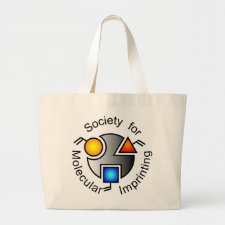
Authors: Suedee R, Srichana T, Chotivatesin R, Martin GP
Article Title: Stereoselective release behaviors of imprinted bead matrices.
Publication date: 2002
Journal: Drug Development and Industrial Pharmacy
Volume: 28
Issue: (5)
Page numbers: 545-554.
DOI: 10.1081/DDC-120003450
Abstract: In this work, the stereoselective release behaviors of "low"- swelling molecularly imprinted polymer (MIP) bead matrices in pressed-coat tablet type were studied. Either R-propranolol selective MIP or S-propranolol selective MIP was combined with excipients and racemic propranolol and fabricated into the matrix. Subsequently, the release of different propranolol enantiomers from the matrices was examined. Also, the microscopic structure of the hydrated "low"-swelling MIP matrix was determined using a cryogenic scanning electron microscope in order to compare with that of the hydrated "high"-swelling MIP matrix. In vitro release profiles of the "low"-swelling matrices showed a difference in the release of enantiomers, in that the non-template isomer was released faster than the template isomer. However, in the last phase of dissolution this difference reduced and later reversed, resulting at last in the type of specificity being similar to that obtained previously with "high"-swelling MIP matrices. In summary, MIP beads can be fashioned into matrices and incorporated into different formulations to regulate the resultant stereoselectivity. From the behaviors of stereoselective release observed in MIP matrices, we can conclude that the enantioselective-controlled delivery mechanism of MIPs via formulations depends on the relative affinity of the enantiomer for the template sites, as well as the nature of the polymer, such as hydrophobicity and swellability



Join the Society for Molecular Imprinting

New items RSS feed
Sign-up for e-mail updates:
Choose between receiving an occasional newsletter or more frequent e-mail alerts.
Click here to go to the sign-up page.
Is your name elemental or peptidic? Enter your name and find out by clicking either of the buttons below!
Other products you may like:
 MIPdatabase
MIPdatabase









